Spring Semester 2017- Second Newsletter
Author : Austin McCleery
Birds, Rain, and Greek Mythology
Last weekend we packed up our bags and set off to explore Merja Zerga, Assilah, and Tangiers.
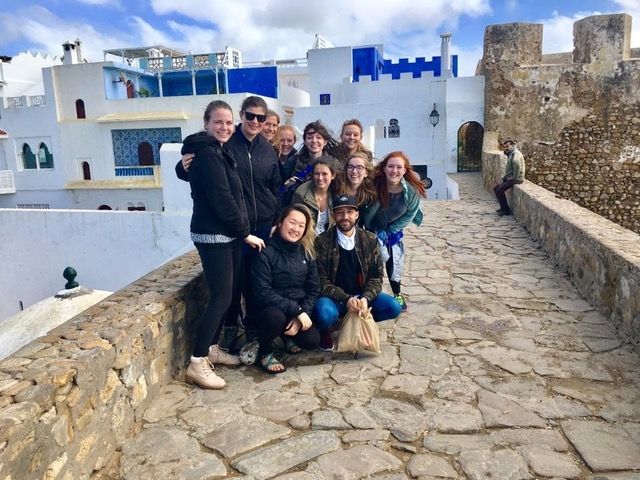
Heading north our first stop was Merja Zerga. Turns out most people in Rabat do not know where or what Merja Zerga is. If you are like most Rabatiis and do not know exactly what Merja Zerga is, it is a Moroccan national park that the trusty Lonely Planet guidebook describes as one of the premier bird watching destinations in Africa. With high hopes of seeing flamingos, African Marsh Owls, and scores of other birds we headed out on boats to Hawaii Island, equipped with our homemade binoculars. While we did not actually see any flamingos or owls, the rippling water and sand dunes on Hawaii Island were beautiful.
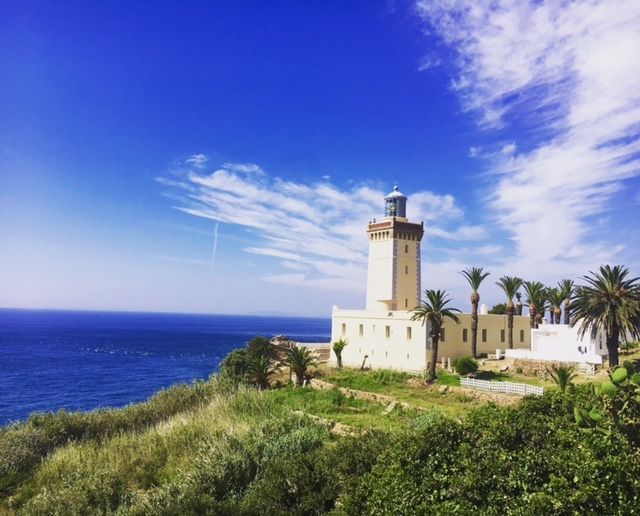
Following Merja Zerga we continued on to Assilah for lunch and an afternoon stroll. Running to escape the rain we ducked into a café for lunch where we munched on tomato, avocado, and cheese sandwiches and sipped sweet tea and coffee. Fortunately for us, the weather cleared up right as we left the café to tour Assilah. Appreciating the warm sun and blue skies we wandered through the narrow, colorful streets of Assilah. Like many Moroccan cities, Assilah’s old town is filled with white and blue corridors. However, unlike many towns, Assilah is known for its artwork scattered throughout the city. The bright greens, yellows, and reds provided a stunning contrast to the blue and white.
After enjoying the sun and views of Assilah, it was time to continue onward to Cape of Hercules and Cape Spartel. Rumor has it in Greek mythology that when Hercules was traveling to Atlas his ship crashed on the coast of Morocco and Hercules washed up in a cave on the coast and spent the night before continuing on. As a result, said cave now bears Hercules name and is a pleasant tourist stop on the way to Tangiers. Cape Spartel, conversely, is notable because it is Moroccan territory closest to mainland Spain. While the visibility was not great for us, if you squinted really hard you could catch a glimpse of the Spanish mountains. However, since we could not see much, we did not stay long, instead choosing to get to Tangiers earlier.
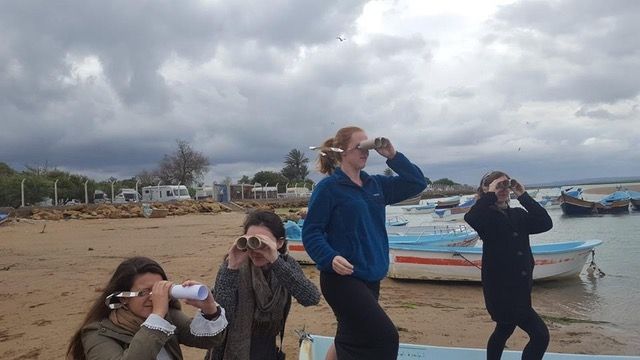
In Tangiers we stayed in a traditional riyad in the medina. After dropping off our stuff we headed off to a surprisingly good Thai restaurant. One does not expect to enjoy delicious Thai food in Morocco, but if you know where to look, it is possible. After dinner we strolled down a slightly sketchy alley to Tangerine, a bar that stood at the heart of Moroccan Beat culture in the 1960’s. For any fans of Allen Ginsberg, Tangerine is where he penned Naked Lunch. However, as none of us are junior Allen Ginsbergs we did not stay that long, choosing venture back through the Medina to our riyad.
The next morning, after enjoying a delightful breakfast of bread, milwe, olives, and coffee/tea, Morocco again taught me what it means to be cold. That morning we were slated to go on a walking tour of Tangiers. The only problem was it was cold and pouring rain and I had failed to pack an umbrella, rain jacket, or even a warm jacket. However, seeing Tangiers was worth the cold and the rain. Tangiers is a neat city with really unique history owing to its international history and proximity to Europe. The general consensus was that it is a beautiful that we all could have appreciated more had we not had to dodge puddles. That being said, we were all pretty excited to get back on the warm bus and begin our journey home to Rabat. Exhausted but happy, we finished our trip with great memories and photos.
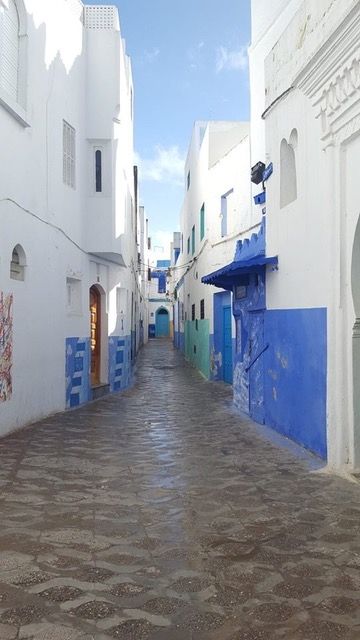
Related Posts
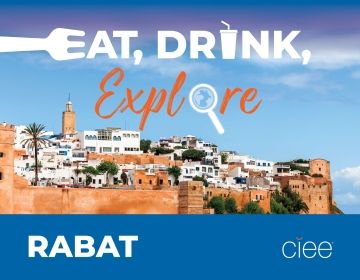
Eat, Drink, Explore: Rabat
BEST FOOD TO EAT IN RABAT Not only is couscous the national dish of Morocco – it also originated there! You’ll find this tasty grain throughout much of North Africa... keep reading
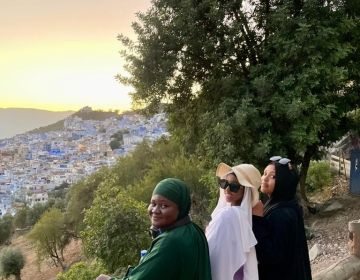
A Weekend Getaway to the Blue City
A breathtaking blue oasis nestled in the Rif Mountains of Morocco, Chefchaouen is a picturesque town renowned for its vivid blue-painted buildings and rich cultural heritage. This past weekend, the... keep reading
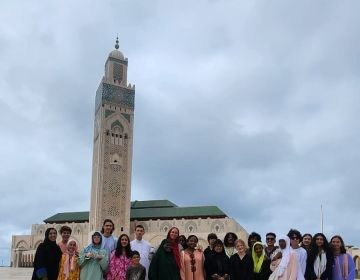
A Visit to Casablanca's Hassan II Mosque
Our Language and Culture students wrapped up this week with a visit to Casablanca’s Hassan II Mosque. As the third largest mosque in the world, and largest in Africa, Hassan... keep reading